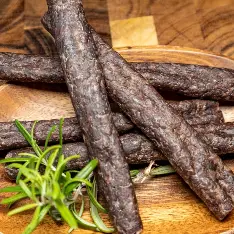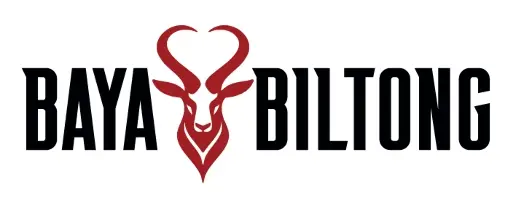
Braai /brɑːi/
Pronunciation: brah-ee
Etymology: From Afrikaans braai, meaning “to grill” and Dutch braden “to roast.”
A traditional South African practice of cooking over an open flame, typically featuring meat, sausage, poultry, or fish. The word can be used as both a noun and a verb, referring to the act of grilling as well as the social gathering that forms around it.
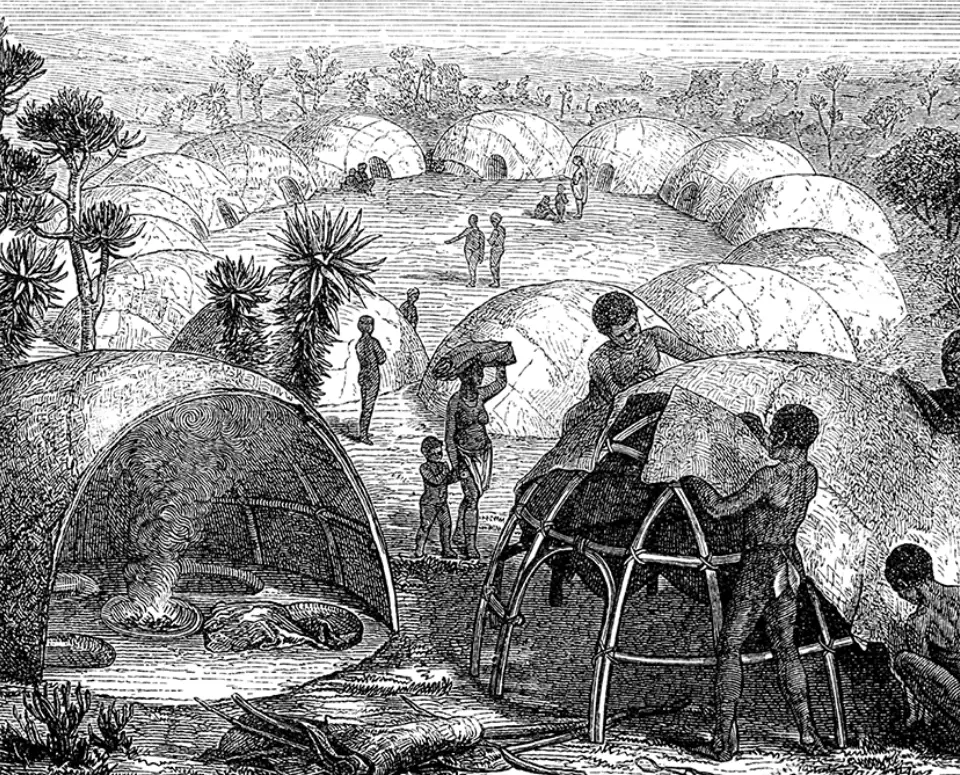
The Origins of Braai
Long before European settlers set foot on South African soil, the Khoikhoi and San peoples had mastered the art of cooking their livestock and wild game over open flames. In fact, recent archaeological discoveries in caves just outside Sterkfontein prove that this tradition stretches back thousands of years, offering some of the earliest evidence we have of humans using fire.
By the 17th century, Dutch settlers had reached the Cape of Good Hope, bringing with them iron grids that changed the way meat was cooked over fire.
By the 19th century, British settlers introduced their own delicious flavors to the grill like tangy chutneys, creamy potato salad, and marinated sausages.
Over time these African, Dutch, and British influences all fused together to create one of the most well-known traditions of South African culture: the Braai.
A Nationwide Tradition
From its earliest days, the braai has held deep significance in South African life, symbolizing unity, diversity, and shared history. And during the apartheid era, it became much more than a way to cook; it became a safe space where people could gather, share stories, and find common ground despite the divisions around them.
In 2007, September 24th was officially declared National Braai Day, recognizing its crucial role in the development of South African history and culture. Today, it’s celebrated as a time when people of all ages gather around the fire to share a lekker (tasty) meal and the tales of long ago.
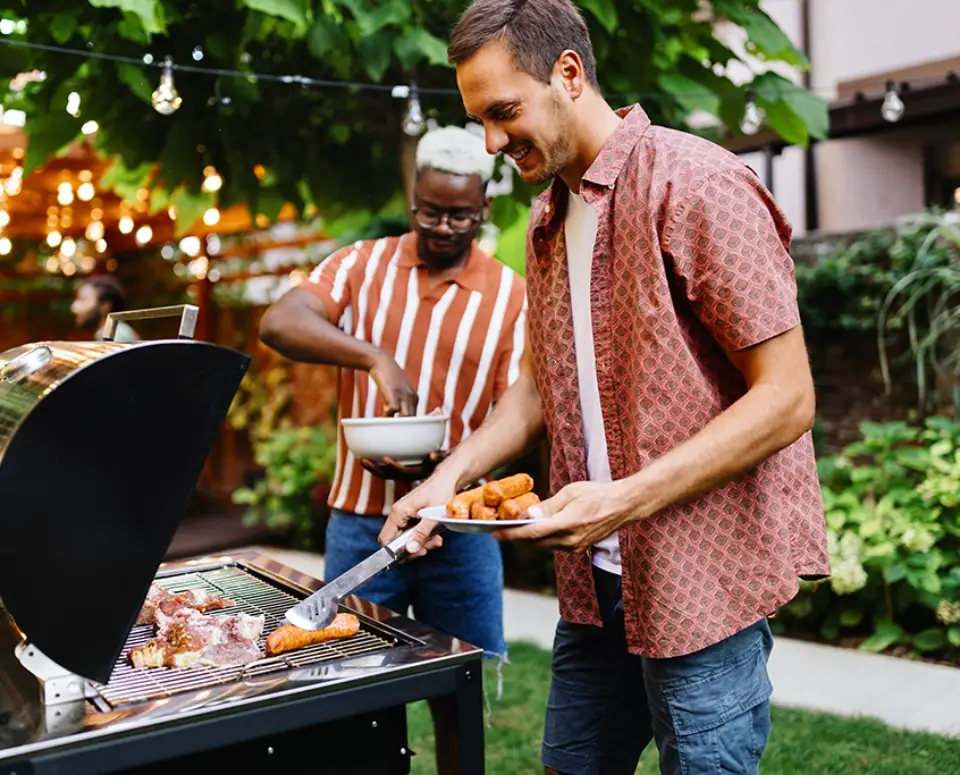
Key Elements of a Braai

The Fire
The heart of Braai is the fire itself. Whether it’s a open pit or a charcoal grill, the flames are carefully stoked for the perfect sear and distinct smoky flavor.

Side Dishes
A good Braai isn’t just meat. It’s a feast. Expect staples like pap (maize porridge), braai broodjies (grilled sandwiches), potato salad, coleslaw, and tangy chutneys.

The Meat
Whether it’s beef, lamb, chicken, pork, or wild venison, no grill is complete without boerewors (traditional sausage) or sosaties (skewered marinated meats).

Braai Masters
Every gathering has its hero: the Braai Master. From seasoned chefs to drunk uncles, the Braai Master commands the fire with pride, so make sure to stay out of his way!

Marinades and Spices
South Africans take their marinades and spices seriously. From flaming peri-peri to garlicky herb infusions, these family recipes are often kept secret for generations. Go ahead and ask, but you won’t be taking that recipe home.

Socializing
At the end of the day, Braai isn’t just about eating good food. It’s about people from all walks of life coming together to unwind, share a drink and a laugh, and swap stories as the sun sets and the flames burn bright.
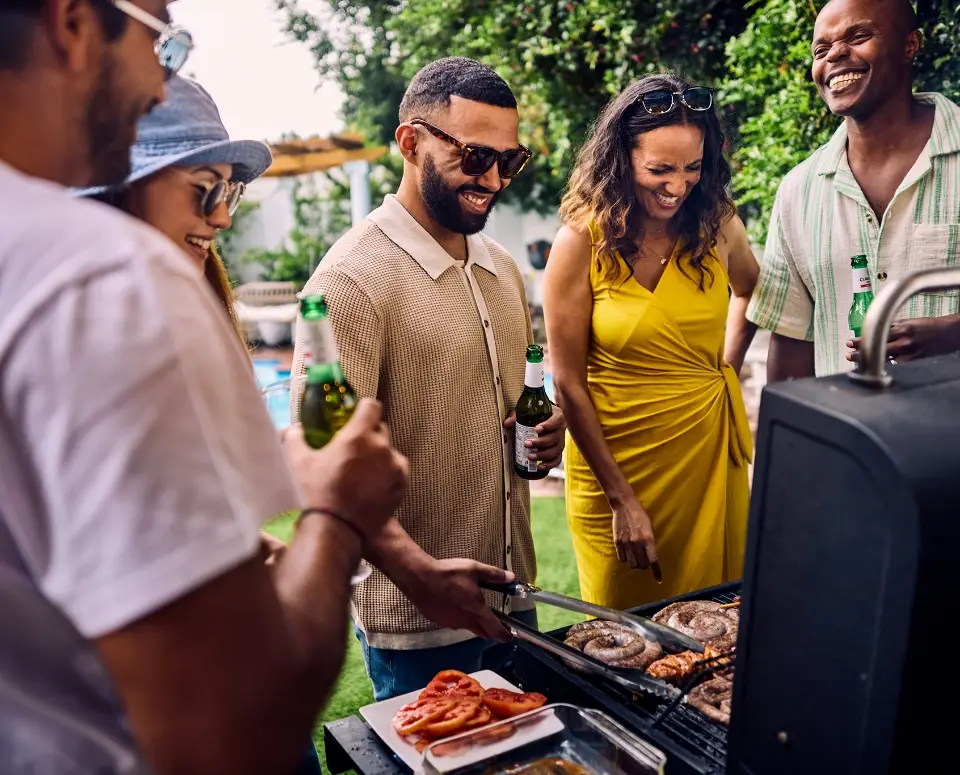
Embrace the Spirit of Braai
With its indigenous roots and vibrant infusions of European culture, the braai has become a true symbol of South African identity. It’s more than a way to grill: it’s a cultural heartbeat that unites people over a shared love of food, fire, and history.
The spirit of the braai is seen in traditions around the world. In Australia, it’s the “barbecue,” and in the United States, it’s “grilling.” The names may differ, the flavors may change, but the heart remains the same: gathering together, cooking over the flames, and sharing the joy of good company.
Ready to bring the Braai spirit home?

LEARN MORE
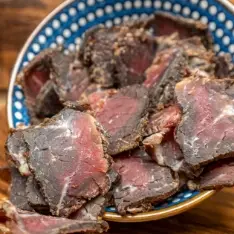
What is Biltong
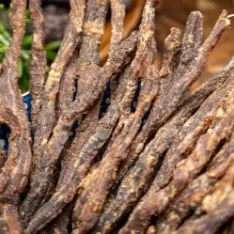
What are Chili Bites?
